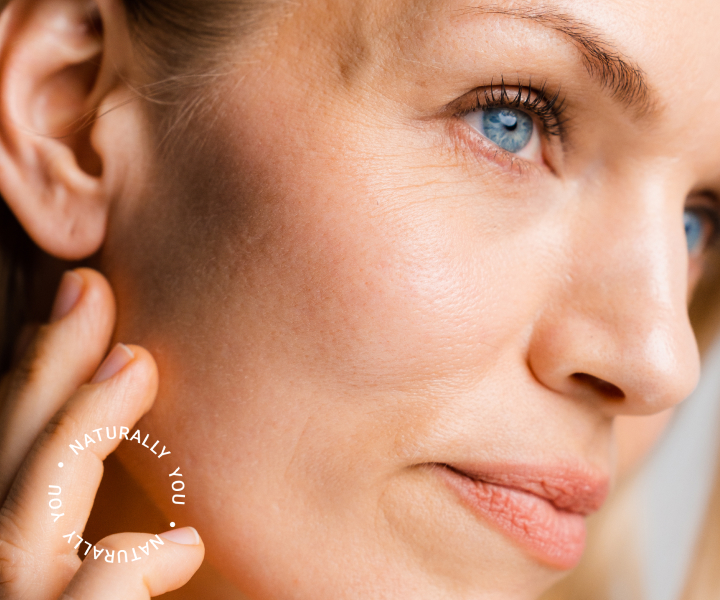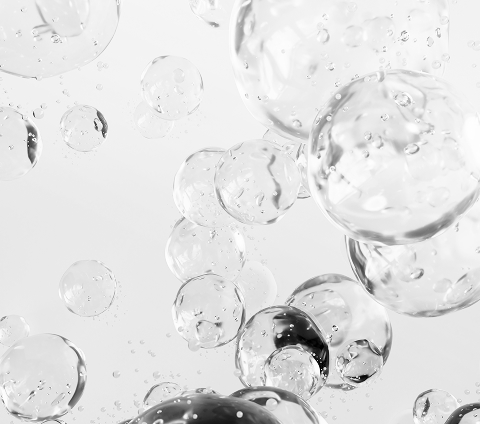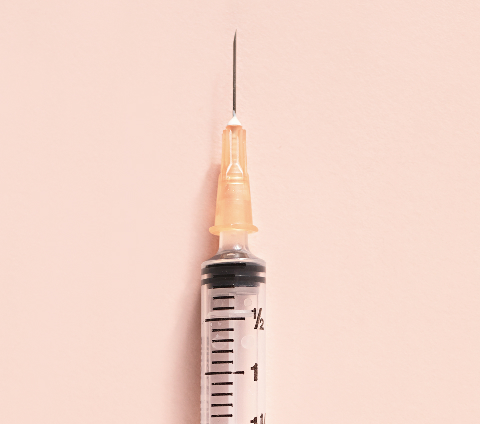
Myth 01
All fillers look fake.
Fact:
With the right provider and product, your results can look natural. When choosing injectable hyaluronic acid fillers, you can get subtle improvements that still look like you.
Smooth results you can maintain over time
Through proven techniques, your provider can take a “less is more” approach, building your results gradually and naturally.
Injectable hyaluronic acid fillers can last up to a year or more and cost less than $750. If we do the math, that averages to around $2 a day.*
*Not inclusive of injector fees.
Nearly 5.3 million patients in the US were treated with injectable hyaluronic acid fillers in 2024.*
*American Society of Plastic Surgeons 2024 Procedural Statistics Release
Studies show that most people are satisfied with their injectable hyaluronic acid fillers treatment. 9 in 10 women surveyed* in one study said their look was improved, much improved, or very much improved.
*In a 2023 survey of patients (n=500) who received Injectable HA Fillers.


DR. LISA ESPINOZA
Board-Certified Physician and Founder and Medical Director of La Chelé Medical Aesthetics

With the right provider and product, your results can look natural. When choosing injectable hyaluronic acid fillers, you can get subtle improvements that still look like you.

Migration of injectable hyaluronic acid (HA) fillers is rare and can be dissolved if needed. Results from most HA fillers last between 6 months to 2 years. These fillers dissolve naturally over time, with duration depending on the product and treatment area.

Fillers have a well-established safety profile. The majority of side effects associated with Injectable Hyaluronic Acid (HA) Fillers are mild or moderate with most resolving on their own. If you get a rare side effect, your provider can dissolve the modified form of HA in your Injectable HA Filler with hyaluronidase.
Subtly enhancing a look that is
naturally you
Before providers inject, they assess your whole face, so they have a plan to deliver natural-looking results based on your unique goals.
“With HA fillers, what you get is what you see. The results are consistent and there’s immediate change.”
BRITTONY CROASDELL
Board-Certified Nurse Practitioner and
Co-Owner of Fulcrum Aesthetics
"HA fillers are a nonsurgical option for those who are looking to avoid surgery, either at a younger age, middle age, or even later age."
EMILY HU, MD
Board-Certified Plastic Surgeon & Founder
of Artista Surgery & Aesthetics
"HA fillers help us correct that volume loss that we get with age."
TERRENCE KEANEY, MD
Board-Certified Dermatologist
& Founder of SkinDC
Different injectable Hyaluronic Acid fillers are made with different formulations—from soft and flexible to firm and supportive—so treatments can be customized to your needs.
Injectable Hyaluronic Acid fillers give you natural-looking results that don't need to be repeated every day.
A rare risk associated with the use of dermal fillers is unintentional injection into a blood vessel, leading to blocked blood vessels and poor blood supply to tissues. While the chances of this happening are low, if it does happen, the resulting complications can be serious and may be permanent. Treatment may include epinephrine, NSAIDs, vasodilators, hyaluronidase, surgery, and/or warm compress.
A rare risk associated with the use of dermal fillers is unintentional injection into a blood vessel, leading to blocked blood vessels and poor blood supply to tissues. While the chances of this happening are low, if it does happen, the resulting complications can be serious and may be permanent. Treatment may include epinephrine, NSAIDs, vasodilators, hyaluronidase, surgery, and/or warm compress.